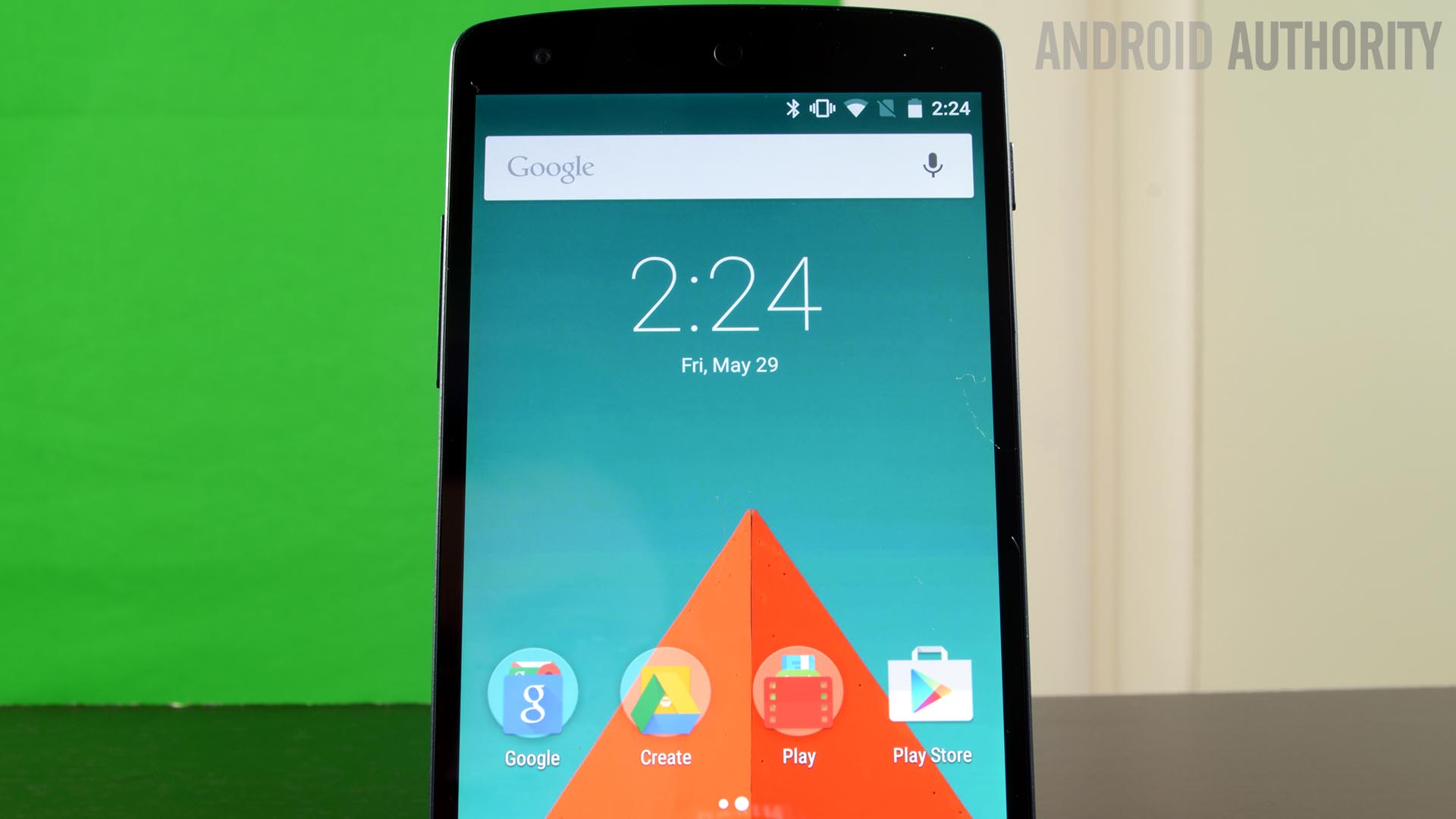Affiliate links on Android Authority may earn us a commission. Learn more.
Diving into Android M: App Standby disables unused apps to save power

There’s few things more annoying than finding that an app you barely ever launch is consuming a bunch of resources in the background that are affecting your battery’s life. While uninstalling the app is certainly one option, Android M is introducing a better solution to the problem with App Standby.
Want to dive even deeper? Check out our full “Diving into M” series by clicking here.
During the I/O keynote Google focused on Android M’s Doze mode, and how this will put your device in a deeper state of inactivity when you haven’t used it for a while. App Standby does something similar but this time it essentially shuts off apps that haven’t been used for a while. Basically, Android M is smart enough to know when you aren’t using an app and will do its best to keep these apps from consuming unnecessary resources.
According to Google’s developer page, an app is considering idle unless the system detects any of the following behavior:
- The app is explicitly launched by the user.
- The app has a process currently in the foreground (either as an activity or foreground service, or in use by another activity or foreground service).
- The app generates a notification that users see on the lock screen or in the notification tray.
- The user explicitly asks for the app to be exempt from optimizations, via Settings.
So what happens if an app is marked by the system as idle? Whenever your phone is unplugged, these apps will be restricted from accessing network connectivity and any sync and jobs will be suspended. Once the phone is plugged in, the idle apps will still have access, however. For those that have specific apps they don’t want to restrict, even if they don’t use them often — you’ll likely have that choice, too.
In an earlier “Diving into M” post, we talked about a special option for disabling Battery Optimizations. At the time, this seemed to be aimed squarely at disabling Doze for select apps, but we wouldn’t be surprised if this applies to App Standby as well.
[related_videos align=”center” type=”custom” videos=”612410,613277″]
Android Lollipop took some important steps to push battery optimization forward, when compared to KitKat, but a number of bugs and other issues ultimately kept much of this work from making the difference we had hoped for. With Android M, it seems Google is taking battery optimization even more seriously. Here’s to hoping that this time the extended battery life promises are actually realized.